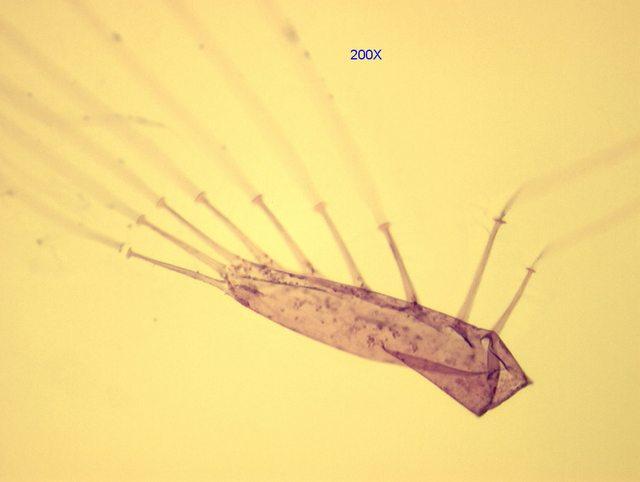How "Dirty" NYC Ended Up With the Best Tap Water in the U.S.
Updated May 30 2019, 1:46 p.m. ET

Next time you're taking a trip to the Big Apple, there's something you should know about New York City (and New York State in general, really): the tap water is actually delicious. Not only delicious, but pretty darn clean. Which might not gel with some people's "image" of NYC.
It's an image that's persisted from popular '70s and '80s flicks: New York is a dirty, gritty, no-holds-barred city. And while (some) of that still rings true today, the truth is it hasn't been that way for a while.
Midtown notoriously used to be a place that wasn't exactly kid-friendly; now it's a tourist trap filled with overpriced, crummy restaurants, Broadway shows that just won't die, and throngs of visitors trying to get the perfect selfie while angering commuters from NJ and Connecticut who are just trying to catch their trains back home so they can retreat to the suburbs.
Other parts of the city underwent their own transformations.
Fans of The Punisher who aren't familiar with Hell's Kitchen today might perceive it as a place that's as intimidating as its name implies. It's not. Like, at all. You're more likely to find a pair of very revealing booty shorts for men than a used revolver in an alleyway with its serial number scratched off.
Then there's the perception of the big city's drinking water, which is actually a point of pride for NY residents.
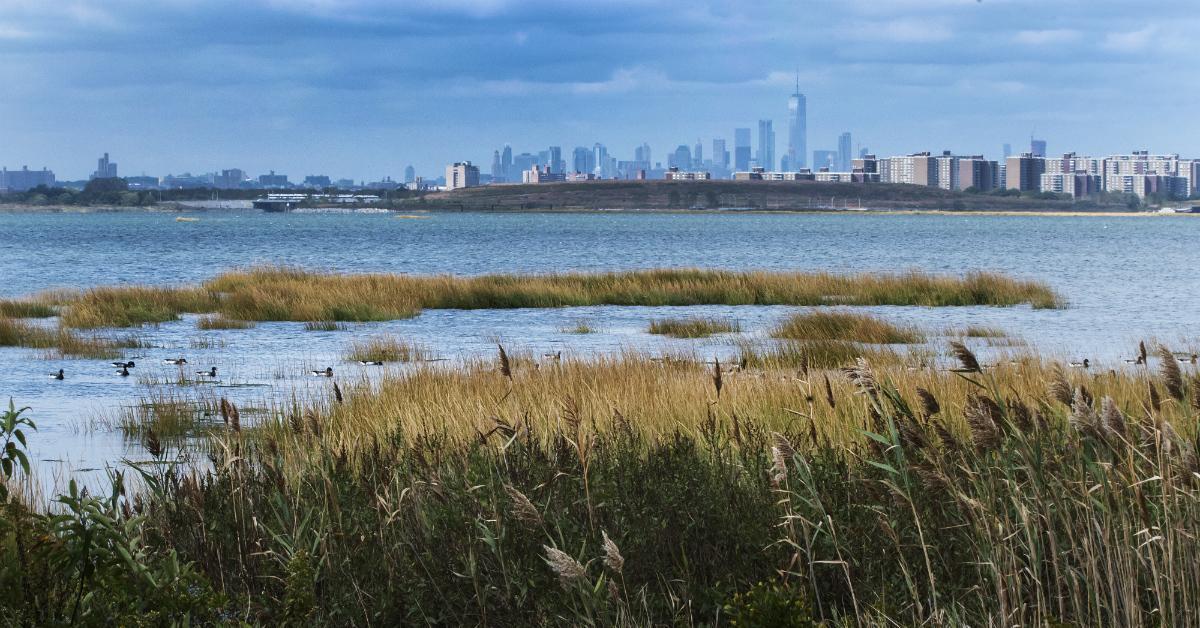
While it isn't the cleanest in America, for a huge city with a somewhat "dirty" perception, it actually ranks exceptionally high on the list of large metropolitan cities.
In 2018, NYC ranked first in regional taste tests, and in terms of cleanliness, it ranked 13th in 2017, which is staggering when you consider the city has a population of over 8.6 million.
The municipal water supply wasn't always so clean, however, and it wasn't until the 1940s and '50s that the notion took hold that people who live in the densely-packed area deserve fresh H2O.
Areas with watersheds north of New York City, namely the Catskills / Delaware (which accounts for 90 percent of NYC's water) and watersheds in Westchester and Rye (10 percent), have aqueducts that pump water into NYC.
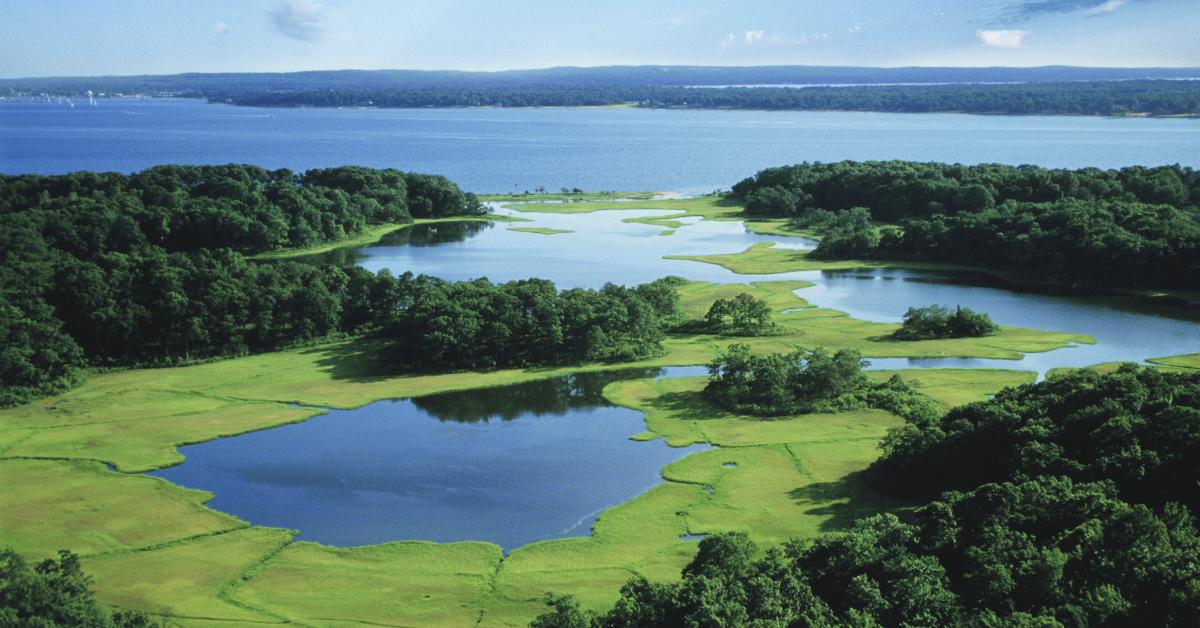
Getting water from upstate doesn't need to be treated or filtered as heavily as a closer water source like the Hudson River. If you've never seen the Hudson, it's not something you should even dip a toe in, let alone drink from.
David Soll, an environmental historian at the University of Wisconsin who wrote the book Empire of Water: An Environmental and Political History of the New York City Water Supply, discussed the move from local politicians to push for finding another water source.
Legislators publicly rallied against getting water from the Hudson (even if the source would've been 70 miles upstream, and despite the nearby river being a much cheaper solution, a "social justice" call for pure water became the platform for the city's Board of Water Supply. That particular agency no longer exists, but their decision to get water from upstate remains.
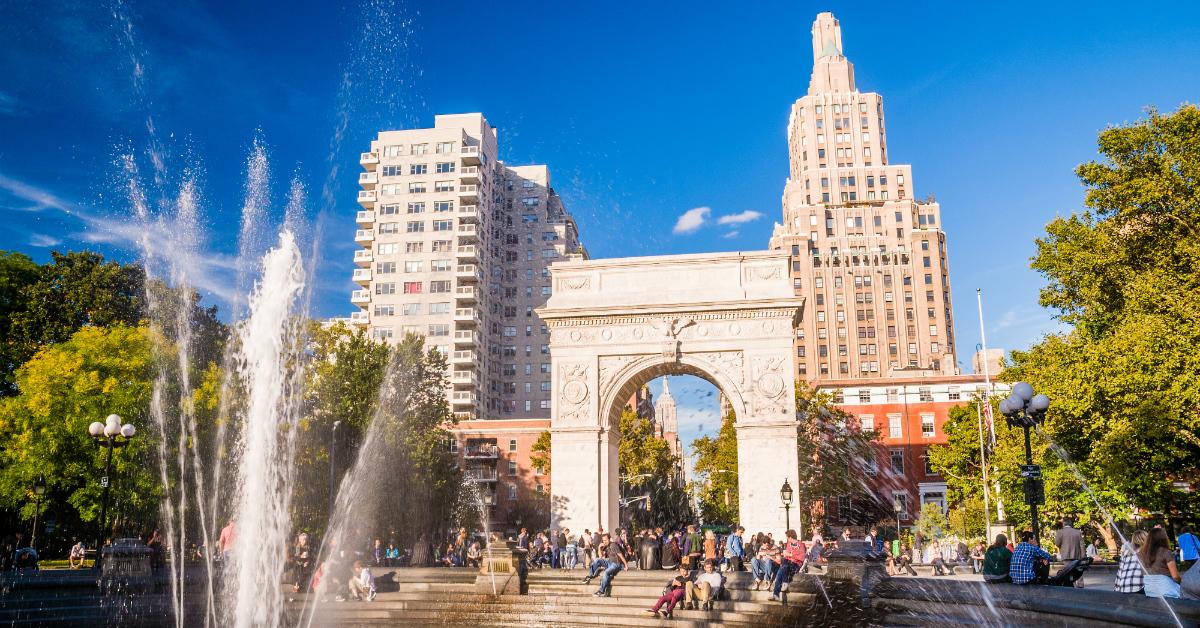
As Soll puts it, the idea behind NY's water is this: "...our water is pure, we don't want to sully it with water from the Hudson, which is this disgusting, foul water body and we don't want anything to do with it."
This campaign ultimately yielded New York City some of the cleanest water in the world.
But if you look at it under a microscope like one redditor did, you wouldn't think it's all that clean.
Years ago, user "ftothe" uploaded a series of images from NY tap water that depicted small, bug-like creatures swimming around in it. People understandably began freaking out.
But as they delved deeper, they discovered these little microorganism are probably another reason why NY tap water is so clean.
See, what you're looking at below is a copepod, and they're sometimes added to a water supply.

A redditor with a now-deleted account explains:
"The copepods can be added to water-storage containers where the mosquitoes breed. Copepods, primarily of the genera Mesocyclops and Macrocyclops (such as Macrocyclops albidus), can survive for periods of months in the containers, if the containers are not completely drained by their users. They will attack, kill, and eat the younger 1st and 2nd instar larvae of the mosquitoes. This biological control method is complemented by community trash removal and recycling to eliminate other possible mosquito-breeding sites.
Tight."
So what these little guys do is eat harmful organisms like mosquito larvae to prevent the water supply from being tainted. So there's got to be a downside to sucking down these tiny shrimp, right?
Actually, no. They pose no risk to human health whatsoever. You drink them and they pass through your digestive tract and all is well with the world.
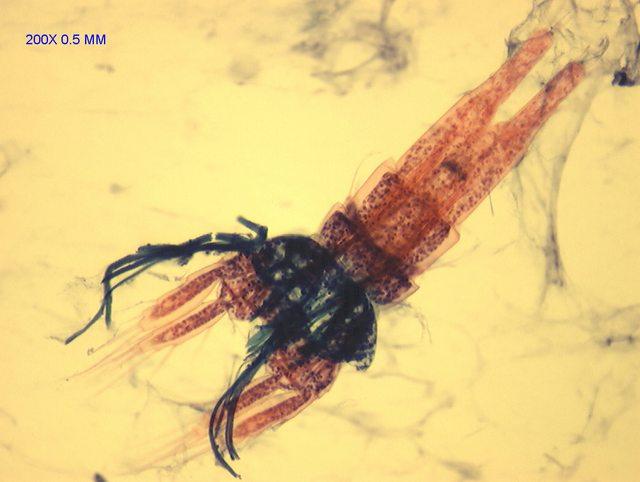
So feel free to throw some dollars down on Fiji water in your travels to NYC, but you'll do just fine getting it straight from the faucet. After all, it's some of the best water in the world.
(h/t thrillist)

